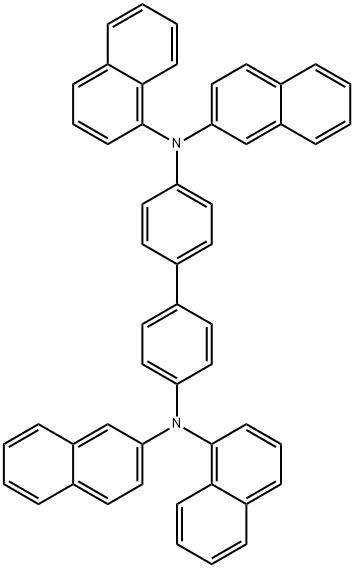Cobalt phthalocyanine , 95% , 3317-67-7
Synonym(s):
Cobaltous phthalocyaninate;PcCo;Phthalocyanine cobalt(II) salt
CAS NO.:3317-67-7
Empirical Formula: C32H16CoN8
Molecular Weight: 571.46
MDL number: MFCD00010718
EINECS: 222-012-7
| Pack Size | Price | Stock | Quantity |
| 1G | RMB254.40 | In Stock |
|
| 5G | RMB471.20 | In Stock |
|
| 25G | RMB1759.20 | In Stock |
|
| others | Enquire |
PRODUCT Properties
| Melting point: | >300 °C |
| Density | 0.677g/cm3 |
| storage temp. | Store at -20°C |
| solubility | DMSO: < 1 mg/mL (insoluble or slightly soluble) |
| form | crystal |
| color | purple |
| Water Solubility | Insoluble in water. |
| Hydrolytic Sensitivity | 4: no reaction with water under neutral conditions |
| BRN | 4121847 |
| Stability: | Stable. Incompatible with strong oxidizing agents. |
| LogP | -1.1 |
| EPA Substance Registry System | Cobalt, [29H,31H-phthalocyaninato(2-)-.kappa.N29,.kappa.N30,.kappa.N31,.kappa.N32]-, (SP-4-1)- (3317-67-7) |
Description and Uses
Cobalt phthalocynine (CoPc) is a member of metal phthalocyanines (MPcs) are frequently used in many?organic electronic devices such as light-emitting diodes (LEDs), organic photovoltaics (OPVs), organic field-effect transistors (OFETs) and chemical sensors ?as a p-type semiconducting material. Compared to other?hole-injection layer (HIL) materials, most metal phthalocyanines are water and air stable, thermally stable, and nontoxic.?They can be sublimed or sputtered with highly uniform, thin films on a variety of substrates. The synthesis of such materials are also relatively inexpensive and easy to prepare. The chemical structure of MPc allows tuning of its ionisation potential or?HOMO levels by altering the central atom in Pc macrocycles.
Cobalt(II) phthalocyanine may be used to develop carbon black based electrocatalysts. CoPC may be used as an end capping agent of a hyperbranched poly(aryl ether ketone) to be used for oxidative decomposition of 2,4,6,-trichlorophenol. CoPC modified carbon paste may be used as indicators for electrocatalytic amperometric measurements. ZnO impregnated with CoPC may be used as a sensitizer to determine the photodegradation of cyanide in aqueous suspension. CoPC catalyzed aerobic regenerations of aldehydes and ketones have been investigated.




![N4,N4'-Diphenyl-N4,N4'-di-p-tolyl-[1,1'-biphenyl]-4,4'-diamine](https://img.chemicalbook.com/CAS/20150408/GIF/20441-06-9.gif)

![9,9-Bis[4-[N-(1-naphthyl)anilino]phenyl]fluorene](https://img.chemicalbook.com/CAS/GIF/510775-24-3.gif)
![N1-([1,1'-Biphenyl]-4-yl)-N1-(4-(bis(3,5-dimethylphenyl)amino)phenyl)-N4,N4-bis(3,5-dimethylphenyl)benzene-1,4-diamine](https://img.chemicalbook.com/CAS/GIF/249609-49-2.gif)